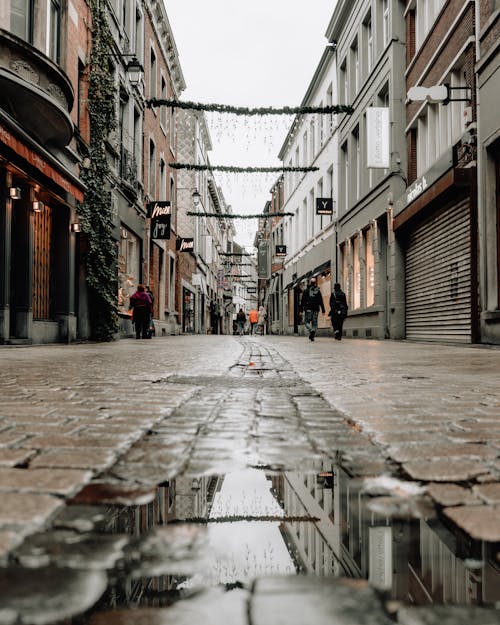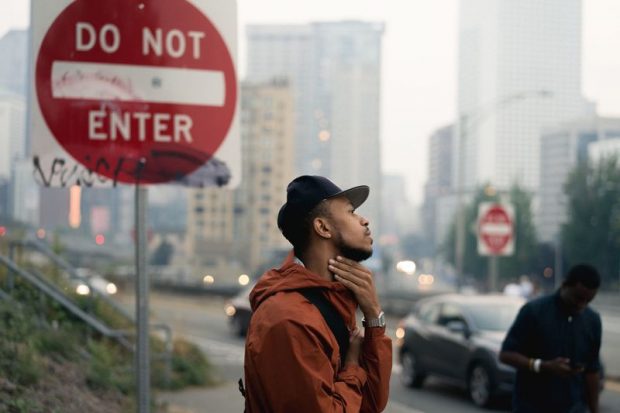The Of Framing Streets
Table of ContentsFraming Streets Things To Know Before You Get ThisWhat Does Framing Streets Do?The smart Trick of Framing Streets That Nobody is Talking AboutThe Basic Principles Of Framing Streets

Both at the Museum of Modern Art (Mo, MA). Motivated by Frank, in the 1960s Garry Winogrand, Lee Friedlander and Joel Meyerowitz started photographing on the roads of New York. Phil Coomes, composing for BBC Information in 2013, stated "For those people curious about road photography there are a few names that stand apart and one of those is Garry Winogrand"; movie critic Sean O'Hagan, creating in in 2014, said "In the 1960s and 70s, he specified street digital photography as a perspective as well as a design and it has laboured in his darkness ever before given that, so definitive are his photos of New york city." Returning to the UK in 1965 from the United States where he had fulfilled Winogrand and embraced street photography, Tony Ray-Jones turned a wry eye on usually surreal groupings of British people on their vacations or taking part in festivals.
Road photography is a vast category that can be specified in many ways, yet it is usually defined by the spontaneous catching of an unrepeatable, short lived minute, frequently of the daily going-ons of complete strangers. It is classically shot with larger angle lenses (e. g. 35mm) and normally features urban environments.
The smart Trick of Framing Streets That Nobody is Discussing
Documentary professional photographers normally have actually a defined, deliberate message and an objective to record specific events in history (https://www.storeboard.com/framingstreets). The range of the documentary method includes elements of journalism, art, education and learning, sociology and background. In social examination, docudrama photos are commonly meant to provoke, or to highlight the demand for, societal change
Road photography is usually viewed as unposed and honest, yet there are a couple of road digital photographers that connect with strangers on the roads and take their pictures. Road pictures are unintended portraits taken of unfamiliar people while out doing street digital photography, however they are viewed as postured because there is communication with the subject.
e. 'honest digital photography' necessarily) for art functions has actually been questionable. Photographing people and places in public is lawful in a lot of nations protecting civil liberty and journalistic flexibility. There are typically limits on how images of individuals may be made use of and most nations have particular legislations pertaining to individuals's privacy.
Some Known Incorrect Statements About Framing Streets
The right to privacy is protected by Write-up 8 of the convention. In the context of photography, it stands a knockout post up in arms to the Article 10 right of flexibility of expression. Because of this, courts will normally think about the general public rate of interest in balancing the rights via the legal test of symmetry. While also limiting digital photography in order to protect personal privacy rights, street digital photography can still be legal in France when sought as an art kind under specific situations.

. that just roamed into a scene), or that are not even identifiable in the photo. https://www.viki.com/users/framingstreets1/about. It likewise does not normally encompass people who are somebodies (e. g - Lightroom presets. politicians or celebrities). If a picture is thought about art, the courts will certainly also think about the photographer's liberty of artistic expression; implying that "artful" road photography can still be lawfully released in certain cases
Framing Streets - Truths
In Greece the right to take photographs and publish them or market licensing civil liberties over them as great art or editorial web content is protected by the Constitution of Greece (Post 14 and other posts) and complimentary speech regulations in addition to by instance regulation and legal situations. Photographing the police and publishing the photos is also legal.
In Hungary, from 15 March 2014 any person taking pictures is practically breaking the regulation if a person wanders into shot, under a new civil code that forbids taking pictures without the permission of everybody in the photo - photography presets. This expands the regulation on grant consist of the taking of photographs, along with their publication
'Covert photography' (kakushidori hidden, surreptitious photography) 'swiped photography' (nusumitori without intention of getting permission) and "rapid digital photography' (hayayori prior to permission and rejection can be provided) are prohibited unless in the previous authorization is acquired from the subject promptly after taking the image. Individuals have rights to their photos (shzken, droit de image).